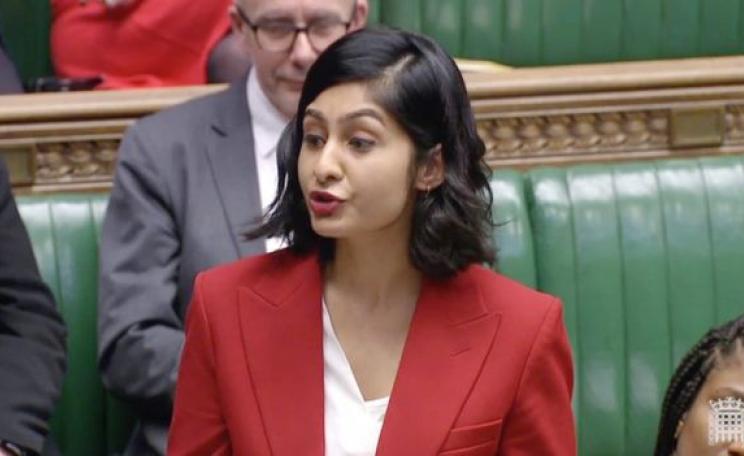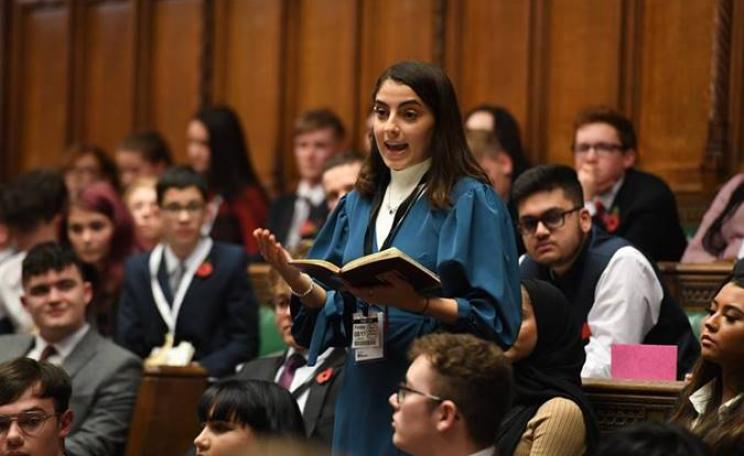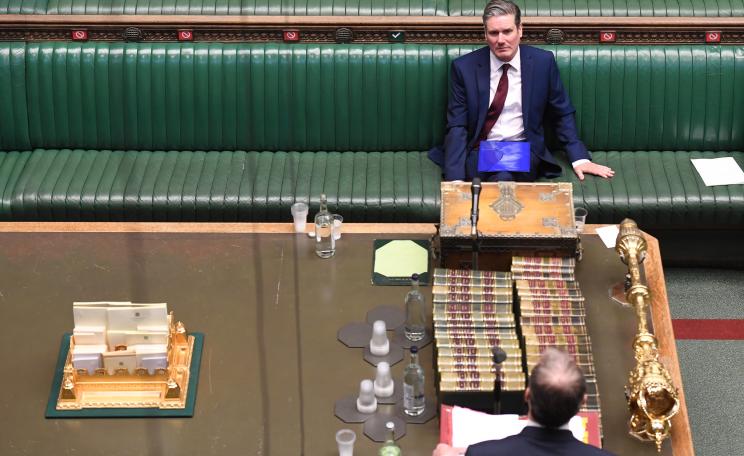Despite its immediate mobilising effects, climate fear limits the scope and ambitions of action we can take.
Since the deadly heat of Summer 2018, the need for urgent climate action has been inescapable and widely felt. The IPCC's ominous deadline of 12 years to limit climate catastrophe has started an anxiety-inducing countdown in the heads of many for whom climate was previously a secondary concern. One response was David Wallace-Wells' recent call for panic in The New York Times.
Wallace-Wells makes the case that now is time to embrace “alarmism", amidst a comprehensive account of climate science and an outline of the severity of climate breakdown's catastrophic effects. He concludes by asking, “What creates more sense of urgency than fear?” For Wallace-Wells, fear of what is to come could be the best catalyst of action.
I have seen this fear-driven alarmism grip many in the UK climate movement since the summer. It has also effectively inspired many new people to join us in taking action. But climate fear limits the scope and ambitions of the action we can take.
For hope
Our attitude to the climate crisis should be led by the global wave of youth strikes. Callum Cant reported from the UK strikes on 15 February that the the word 'hope' was the one common denominator across students' placards.
Hope was in their faces as they climbed on top of post boxes and ran through the streets. As scientists warn of the worst scenarios, the climate movement must give these children a future to be optimistic about.
The explosion of the Green New Deal into the mainstream of US politics has provided one source of hope. It is now beginning to cut through in the UK, where it was originally conceived.
On 13 February, activists from the Labour Party and climate movement came together to discuss what building a Green New Deal for the many could look like. Rebecca Long-Bailey, Shadow Secretary of State for Business, Energy & Industrial Strategy, took the opportunity to layout Labour's approach to their proposed 'green transformation'. Long-Bailey announced a national call for evidence on how a zero-carbon future could work best for the UK's towns and cities.
Despite its immediate mobilising effects, climate fear limits the scope and ambitions of action we can take.
It would be easy to quickly adopt a headline-grabbing suite of climate policies which herald the severity of the climate emergency, but fall down on the details. Labour recognises the need to bring every community along by engaging them on developing radical plans for their own future.
Imprecise policies
In contrast, the Scottish Green Party are currently proposing a Climate Emergency Bill for the Scottish Parliament.
This language invokes the urgency and alarmism of climate fear, but contains relatively unambitious targets and false solutions. It only proposes net-zero emissions by 2040. Net-zero is based on non-existent technologies and probable land grabs.
Our aim in the Global North should be full decarbonisation by 2030. The Climate Emergency Bill offers a suite of imprecise policies contributing to decarbonisation, but together they are insufficiently transformative to sufficiently rewire the economy.
Wallace-Well points to the rise of Extinction Rebellion (XR) as an example of the success of alarmism and climate fear. Indeed, XR has successfully mobilised large numbers and frustrated traffic in parts of London with demands including “tell the truth” and for the declaration of climate emergency. However, their panic-organising has little strategy or demands beyond advanced awareness raising.
XR's more tangible demand for a Citizens' Assembly to decide and oversee exactly what to do illustrates how few answers they have. This political vacuity gives rise to rhetorically powerful but substantively weak proposals like the Scottish Greens'.
Sustainable future
Instead, our response must be to put forward an unashamedly political program to fully decarbonise and transform the global political economy so that it works for the many, not the few.
Kate Aronoff's case for the Green New Deal paints a hopeful picture of what life could be like for the next generation.
Our message to students striking for climate can be that together we will build a luxurious future of universal public services like free education and health care; cheap, highly connected public transit; green jobs for all; and participatory democratic control of our economic and political lives - all ecologically underwritten by full decarbonisation.
Now is not the time to panic. It is not productive to induce climate fear to provoke a movement demanding governments hurriedly do something.
The climate movement and progressive parties must take responsibility to listen to and interpret the hopes, fears and ideas of people across generations, industries, cultures and communities about climate and wider social injustices. We can reconstruct those feelings into a coherent articulation of a future that inspires hope and optimism.
Although the clock is ticking, a prosperous and sustainable future is on the horizon. The urgency of the climate crisis gives us the opportunity to build it together.
This Author
Chris Satmarsh is co-director of cimate change campaigns at People & Planet. He tweets at @chris_saltmarsh.







